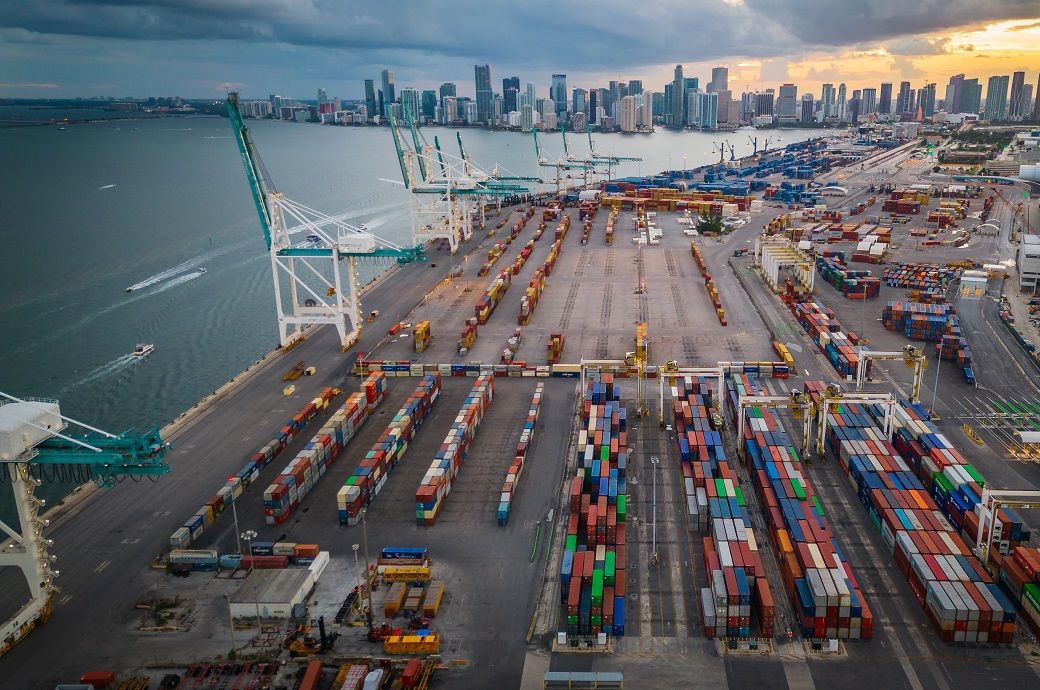
Jonathan Gold, NRF vice president for supply chain and customs policy, highlighted the traditional post-holiday lull as a breather for the supply chain. However, he stressed the emerging challenges, notably the impact of recent attacks on cargo ships in the Red Sea. These incidents have disrupted retail supply chains, leading to longer transit times and increased costs. Retailers and carriers are actively working on strategies to mitigate these effects.
Ben Hackett, founder of Hackett Associates, pointed out that the Red Sea attacks are likely to affect East Coast ports the most. The rerouting of cargo ships around the Cape of Good Hope, to avoid the Red Sea region, is adding significant time to journeys from Asia to the US East Coast. Retailers are already reporting delays up to two weeks. Hackett suggested that while the volume of containers arriving at East Coast ports may remain stable, supply chains will need to adapt to longer transit times. He also noted the likelihood of increased Asian cargo arriving at West Coast ports, to be then shipped east, a costly and time-consuming process.
The report indicates a decline in container volume, with US ports handling 1.89 million twenty-foot equivalent units (TEUs) in November, down 8 per cent from October. Despite this, there was a 6.6 per cent increase compared to November 2022. The total volume for 2023 is projected at 22.3 million TEUs, a 12.8 per cent decrease from 2022.
Looking ahead, cargo volume is expected to rise to 1.92 million TEUs in January 2024, a year-over-year increase of 6.1 per cent, before slowing down for the remainder of the quarter. The report forecasts a mixed picture for the coming months, with fluctuations in monthly volumes anticipated.
ALCHEMPro News Desk (KD)
Receive daily prices and market insights straight to your inbox. Subscribe to AlchemPro Weekly!